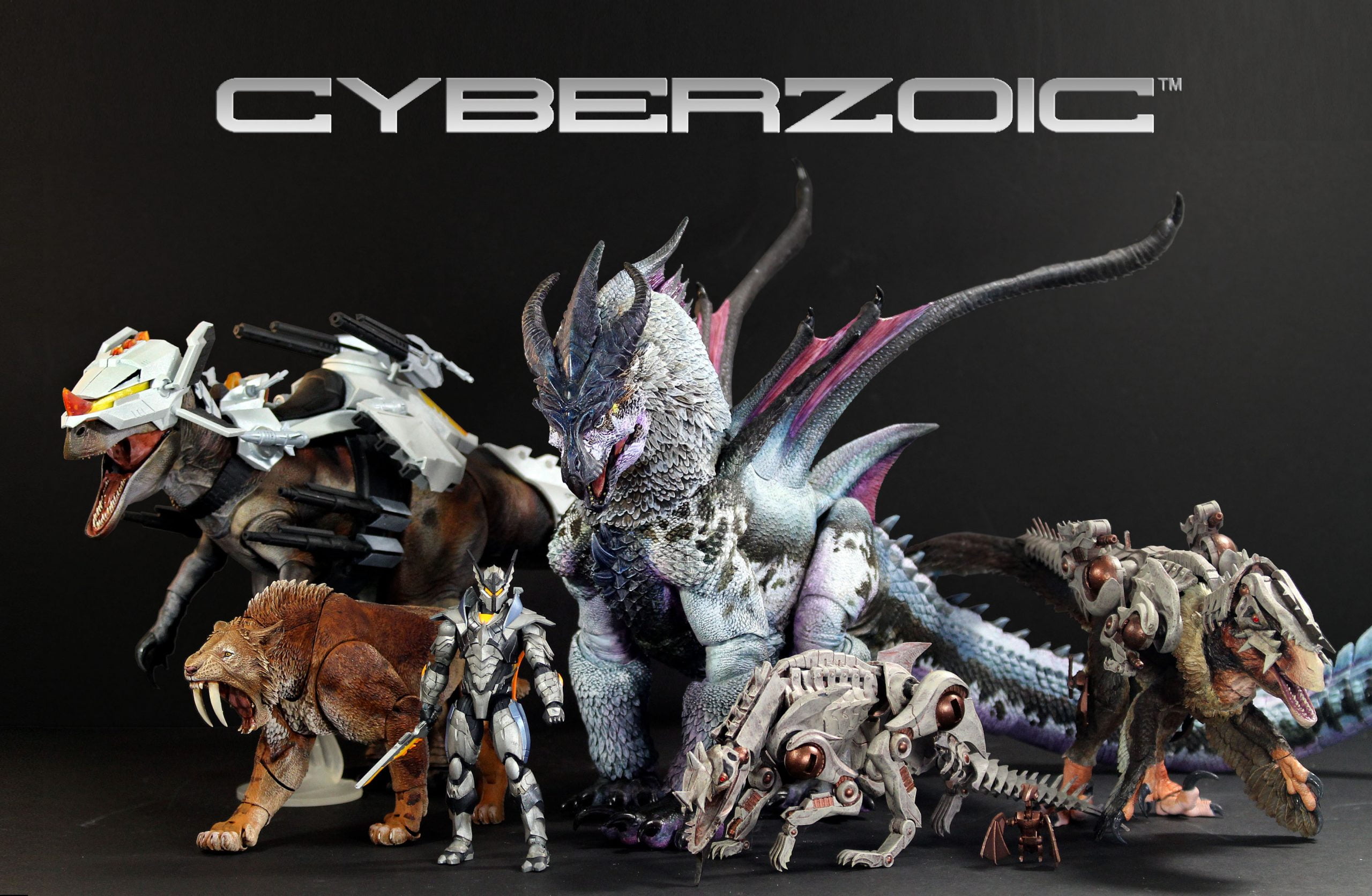It’s time for another Comic of the Week! This week, we’re hopping back over to Marvel and looking at their team on what is arguably the best coast: the West Coast Avengers, written by Gerry Duggan, illustrated by Ton Lima, and colored by Arthur Hesli.

While this iteration of “West Coast Avengers” is built on the idea of Iron Man and co trying to offer former supervillains a path to redemption, the biggest surprise was the addition of Ultron to the team. After all, this is the same killer robot that nearly wiped out the Avengers multiple times, and succeeded in at least one timeline. But after a few issues, we learned why this version of Ultron is the way he is, and why Tony Stark trusts him.
Of course, what we know as readers and what other characters know are two very different things, so of course not everyone will take kindly to Ultron’s presence as an Avenger, especially when another Ultron is running a tech cult in the same city. That brings us to issue #6, featuring the grandest of superhero comic traditions: the hero vs hero fights.
Yes, it’s Avengers vs West Coast Avengers, despite the fact that Iron Man is on both of those teams. But any hero vs hero comic is only as good as its setup – we need to believe that these teams would actually fight without making one of them, let’s say, “repeat the events of Civil War.” Fortunately, “West Coast Avengers” manages it well, as the Avengers team has plenty of reasons not to trust Ultron, but Tony’s team has worked with him enough that they believe in him.
Of course, the two sides’ attempts to talk things through must inevitably fall, which brings us to one of the best parts of this “West Coast Avengers” run: AKA Blue Bolt, AKA Killerwatt, and currently trying to call himself Wonder Man (which will probably not last). Watching his attempts at reforming himself as a part of the team has been a lot of fun, with no small amount of mistakes and showboating, but also some real moments of character growth.
Which means he’s the first one to throw a punch for Ultron, but he’ll also willingly admit he’s not doing it for Ultron’s sake. Seeing him go head-to-head with Storm is also very amusing, not because their powers make them evenly matched (as he claims) but because it’s quite entertaining to see Storm beat the daylights out of him.

While the story focuses on the two Avengers teams fighting, the fight is just as much a debate as it is a physical clash. While some characters will talk things out as they fight, other matches are more focused on the philosophy than the actual hitting.
Without spoilers, the fight’s end is true to both the best and worst parts of Tony Stark’s character, setting up further issues and potential future conflicts. So the story serves a purpose as more than just a fight between Avengers, as it advances the characters and plot.

Now let’s talk about the art. “West Coast Avengers” #6 is illustrated by Ton Lima, with colors by Arthur Hesli, and the art is overall solid. Lima’s artwork is what I like to call a “traditional comic book” style, relying on strong character designs that accentuate their heroic forms and strikes a balance between cartoonish and realistic. This lends itself nicely to the fight scenes, giving us dynamic action as multiple characters clash across a single page.
Hesli’s colors work well with it, letting the bright tones of the characters stand out against the darker backgrounds, save for when the backgrounds turn into brighter backlighting for dramatic effect. The glow effects are particularly noteworthy, with Ultron’s metallic sheen shining off the page and Iron Man’s armor illuminated by the glow of his arc reactor, not to mention the excellent illumination from Storm and Blue Bolt’s electricity.

Often times the action in one panel will overlap with another, helping draw the reader’s eye from moment to moment or letting one piece of the action stand out. But perhaps the most impressive scene in the comic is when Vision and Ultron have a battle inside of Ultron’s mind, and we see scenes from his past filling the digital space around them, accompanied by flowing code. Here, Hesli’s color work gets to shine as well, with Vision and Ultron standing out in full color against the black and white background, but bits of rainbow filter through the surroundings like an old video flickering.
When the characters are in the center of the scene, they’re depicted in fine detail, giving us some good expressiveness and personality. When they’re a bit further back or off to the side, their faces can be occasionally off-model, but not distractingly so; it’s just a very, very minor nitpick. For the vast majority of the comic, the artwork does a fine job selling the characters and the action while controlling the pacing and taking the reader along.
“West Coast Avengers” has always been an Avengers team that lets itself have fun, and Duggan’s run is no exception. He’s taken concepts like Ultron seeking redemption and Tony and Rhodie trying to offer both villains and heroes down on their luck a chance to do something good, and has crafted them into an engaging story while still taking the time to give us plenty of superhero action. Issue 6 continues this streak, with a superhero brawl that helps advance the story and characters.
“West Coast Avengers” is a team of flawed, even damaged characters, but they’re all seeking to do something better, whether for the sake of others or for their own recovery. Take that concept and back it up with a great creative team, and you’re in for a good time.




